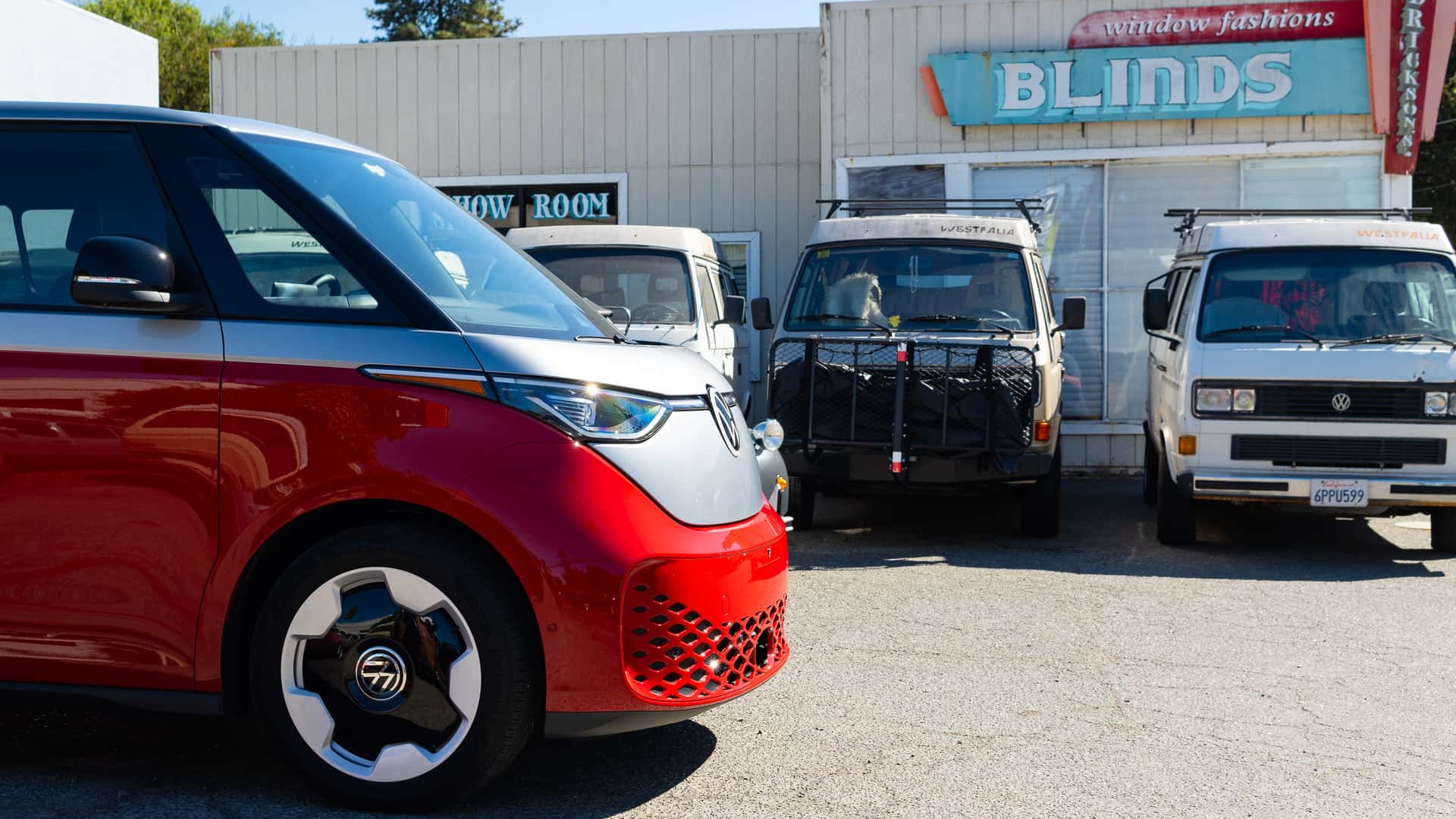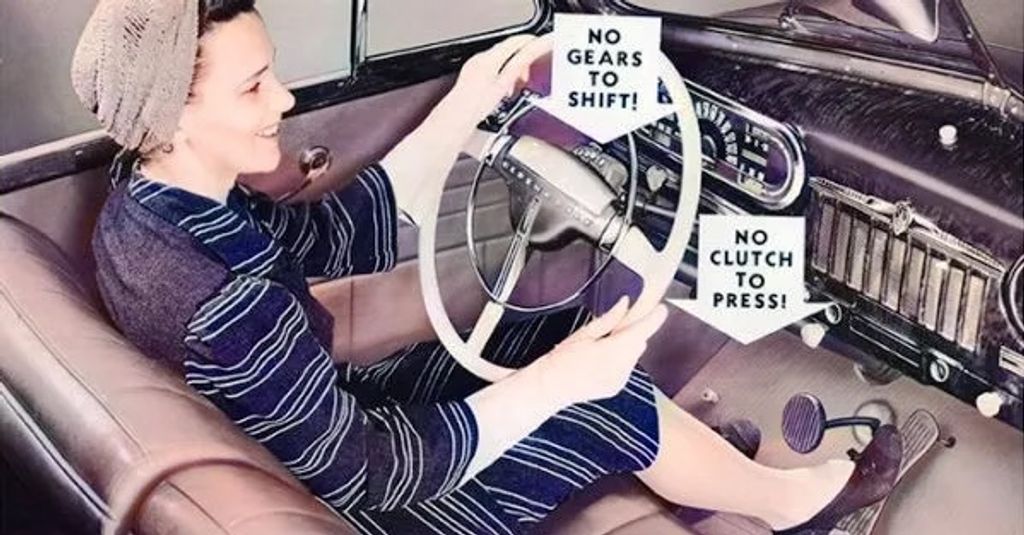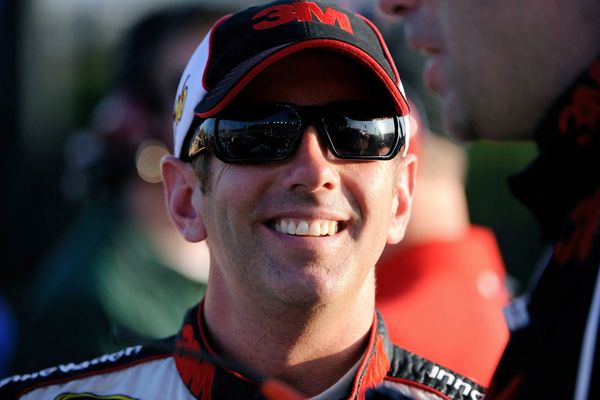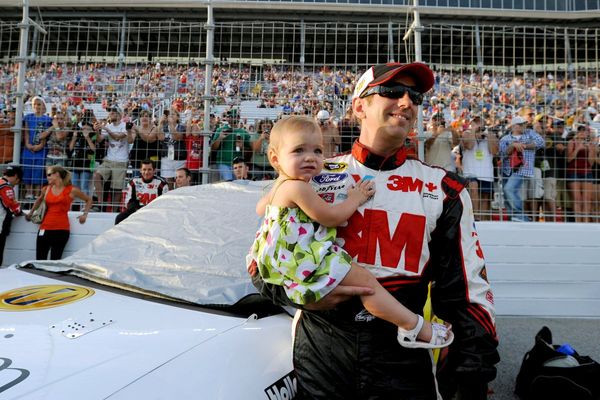
Many people accuse electric vehicles of being compromised. They certainly are. But so, too, are gas cars. We've just driven them for so long that most of us have gone blind to their obvious flaws, some of which are hilariously dangerous.
Imagine, for instance, that you are designing a 3,000 to 6,000 pound object that is going to be operated by untrained consumers in all conditions, every day. What should a giant machine do if, while it is being operated, the operator suddenly passes out, has a stroke or gets distracted and removes all inputs? The obvious answer is that it should stop. But due to the quirks of the automatic transmission, the answer the automotive industry settled on is to allow these two-ton machines to roll forward at 1-5 mph until they hit something.
More baffling: Even in cars without the compromises of an automatic transmission, automakers often design creep into their vehicles voluntarily.
So why did creep exist in the first place, and why are we still using an unsafe design by choice in the EV era?
What Is Creep, And Why Does It Exist?
Creep is the tendency of a vehicle to roll forward when in gear, even when you're not pressing the throttle. It was not a natural feature of the automobile; for the first 50-ish years, almost all cars had manual transmissions, which do not creep.
General Motors introduced the Hydra-Matic transmission in 1940, ushering in the era of automatic transmissions. Automatics were sold as a luxury feature, freeing drivers from the chore of shifting. While manuals did and do remain popular with driving enthusiasts, humans are lazy by nature, and so the automatic transmission took over the majority of the market.

Drivers just had to accept one compromise. While a manual transmission has a clutch to disengage the engine from the drive wheels, automatics use a viscous coupling instead. The wheels and the engine are always connected through the hydraulic fluid in the transmission while the vehicle is in gear. While the fluid allows for there to be a differential between the input and output shafts of the transmission, the idling engine is always transferring some force to the wheels. This can be easily overcome with the brakes. But lift off the brake and the car will roll.
Buyers accepted this compromise. Automatics were still a lot easier to use than manuals, and the technology to remove creep didn't exist.
When Familiarity Trumps Safety
Automakers have had multiple chances to banish creep from their lineups. The earliest opportunity came with the advent of semi-automatic or automated manual transmissions. There were a few post-war oddities that used these gearboxes, but they were mainly fitted to 90's and Aughts performance cars. BMW and Ferrari both used single-clutch automated manuals around this time, and they all made the common-sense decision to not include creep.

But these systems were replaced with dual-clutch transmissions (DCTs). And as the years rolled on, automakers strived to make their DCTs feel and act more like automatics. Most added creep back into the system artificially, which is particularly wild when you consider that low-speed creeping is among the most stressful conditions for a dual-clutch gearbox. In this case, you're sacrificing both safety and durability for creep.
Then the EV transition arrived. And while EV-only automakers like Tesla made creep optional, and later removed it entirely, a staggering number of modern EVs still creep. This includes every high-volume Volkswagen, Mercedes, Toyota and Porsche EV to date in any mode, and every BMW, Hyundai, General Motors, Ford and Subaru EV when one-pedal driving mode is enabled.
Whether or not one-pedal driving is better is a contentious topic for another day. But forcing those who don't like one-pedal driving to accept the constant annoyance and potential safety hazard of creep is a ridiculous choice. Electric motors are far closer to perfect than gas engines. They do not need to be idled, and respond instantaneously.
This comes back to a fundamental problem with the EV transition: Automakers do not want to educate, and consumers do not want to learn. All justifications for creep I've seen center on familiarity. Salesman and automakers cannot be bothered to explain the differences between an automatic and a dual-clutch transmission, so they make the newer technology feel like the old one, just to save the breath.

Buyers, too, often tell me they want an EV that feels "familiar," and automakers are sensitive to that. But EVs are not gas cars. They are not supposed to be familiar. They are supposed to be an improvement.
Tesla understands this. After educating its buyers on the benefit of one-pedal, the company has started to phase out creep entirely. I hope the industry will follow.
But What If I Like Creep?
The only other main argument for creep is that some people like having the ability to moderate low-speed driving with the brake pedal alone, which they argue gives them more control than trying to only use the first 5% of the gas pedal. For some cars, this argument certainly holds true. One way that creep has kneecapped automakers is that they use it as an excuse to launch cars with terrible throttle calibration.
That should not have been acceptable in the gas era. It will not be in the electric one. If your throttle is so sensitive that people cannot moderate their speed below 10 mph, that's not a problem for creep to solve, that's a problem for engineers to solve. It's also one that clearly can be solved. Tesla has done it. So has GM, and Rivian, and any other company with half-decent one-pedal calibration. Any car with a manual transmission has also solved the issue. And while you may think a DCT's creep is a response to that problem, the opposite is true. The computer is perfectly controlling the throttle to simulate creep, rather than just sitting still, proving that low-speed control fidelity is not a real issue.
Like with many problems in the EV transition, the real problem is simple: We're used to gas cars, not EVs. No one is arguing that creep is safer. No one even really seems to think it's more convenient. It certainly isn't necessary. It's a vestigial organ, leftover from the days when engineers couldn't do any better.
We'll have to live with it as long as gas cars are on the road. But when they go away, they better take creep with them.
Contact the author: Mack.Hogan@insideevs.com.








